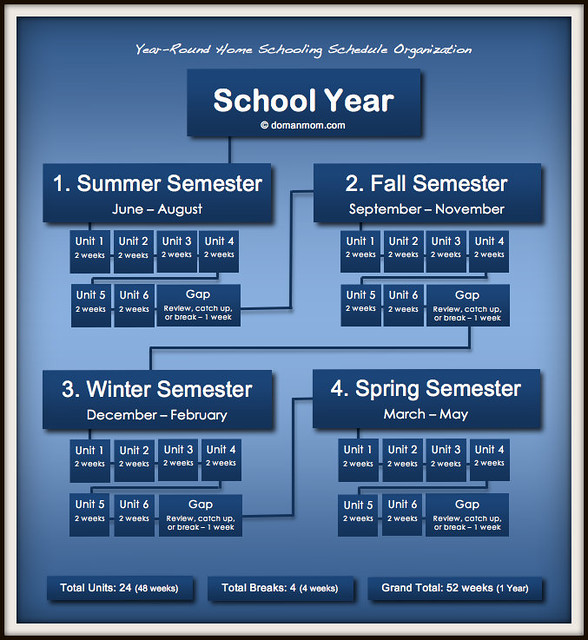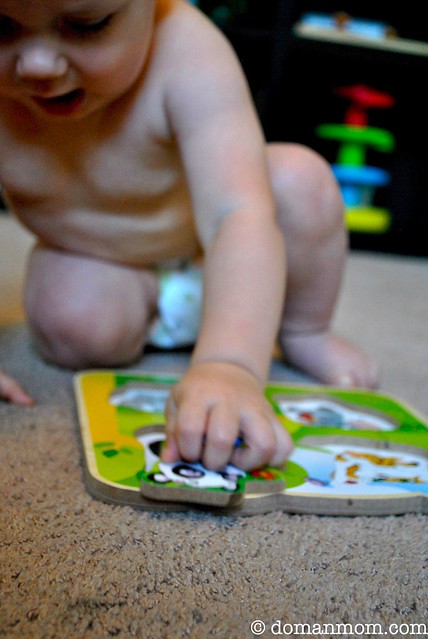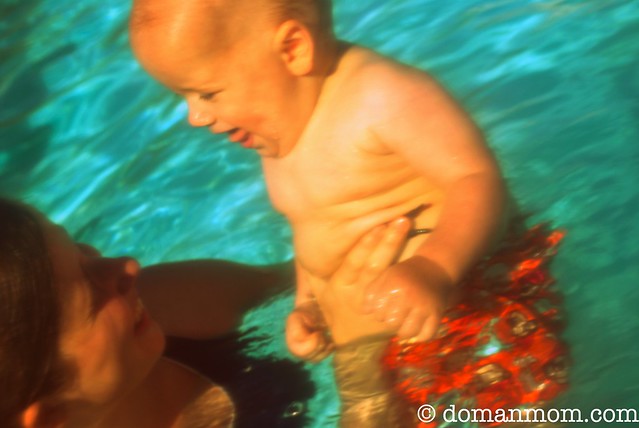I have shared my system for organizing our year-round school schedule before here, but today I wanted to touch on it again, this time with a visual I created to help simplify my explanation:

It really is simple, but with all the different jargon out there to describe portions of academic calendars, I thought this little chart would help to put into perspective what I mean when I am talking about the way I organize our year. I use four keywords to describe different portions of the year - the school year, the semester, the unit, and the gap.
School Year - Our "school years" begin in the summer, followed by "graduation" the next spring. I intentionally coincide this part of our calendar with traditional schools, mainly to give other people a point of reference (when they ask Hunter the ever-famous question, "What grade are you in?") I consider Hunter in whatever grade he would be if he were in school (currently, 1st grade) but that doesn't dictate what level of work he does (he is above grade level in almost all subjects)
Semesters - The second level of organization is "semesters". I keep it really simple and just have one semester per season. The summer semester goes from June through August, fall semester from September through November, winter semester is December through February, and spring semester covers March through May, in general. Since the beginning of each week doesn't always coincide with the beginning of each month (obviously), the semesters will sometimes slightly overlap into other months (for instance, this year the "summer semester" runs from May 27 - August 25).
Units - The third level of organization is units. I make lesson plans for two-week periods, also known by me as units. Each semester has six units.
Gaps - Also within the third level of organization is what I refer to as "gap" weeks. There are fifty two weeks per year, and if you divide fifty two by four (semesters) you will end up with thirteen weeks in each semester. Since units are two weeks each, that leaves you with six units per semester (twelve weeks) and one week left over. That extra week is what I call a "gap", and I leave it free of lesson plans, allowing us to use that week to catchup, review, or take a break.
Why This Planning System Works Well For Us
1. Schooling Year Round Gives Us LOTS of Flexibility - A traditional school calendar goes for 36 weeks, or 180 days. With planning flexible lessons 48 weeks per year (and using the 180 days as a "guide"), that gives us 20 days per semester - 80 days per year - to take off for an impromptu day at the beach, visitors, sickness, no-motivation days, holidays, or vacation, if we need to.
2. I Plan More Fun Things - Just because "Winter Unit 3" overlaps December 25, doesn't mean we'll be doing math worksheets at 8:00 am on Christmas morning.
Throughout the year, I plan based on the season, holidays, and known events. For example, in the unit that goes through Christmas, I might plan only a bit of math review to do a few days during the unit, while using Christmas books for our literature and poetry, and postponing our normal history studies to talk about Christmas traditions around the world or to learn about the birth of Christ.
Summer involves a much lighter work load, and many more fun activities and field trips are planned into our units. Planning lessons year round allows me to take a "school as life" approach to education and to lighten up all around. Knowing that I have flexibility makes it easier to incoporate the fun things.
3. The Flexibility and Fun Means We Don't Need Large Breaks - The rigors of traditional schooling make a good case for giving kids a much-needed summer break to relax, rejuvenate, and just enjoy being a kid. But homeschooling, particularly in this way (with flexibility for days off whenever needed, impromptu vacations, and incorporation of joyous activities and varying workloads throughout the year) makes such a break unnecessary.
In addition, being able to skip the summer vacation also means being able to skip all the downfalls of this giant break in learning, too. In the spring, time ends up being wasted because the end-of-year testing takes place a couple weeks before the end of school, making the last couple of weeks before school lets out somewhat of a "dead zone" where not too many new skills are being learned. When school resumes in the fall, it is well-known that the first several weeks are spent on reviewing forgotten material from the previous grade, as well as getting back into the old routine and readjusting behavioral standards. I would estimate that this equates to at least 3-6 weeks of school completely wasted due to summer break.
How This Organizational System Helps Me Plan
The School Year - As mentioned, the "school year" is more for other peoples' point of reference, but it does help to have a definite beginning and end to describe the goals I want to accomplish each year.
Semesters - Dividing up the year by the seasons (or semesters) helps in terms of goal simplicity, too. I am better able to define what I want to accomplish during each season, to see how much I have actually accomplished each season, and to plan our topics of study based on the seasons (for instance, lighter workloads in the summer, or holiday and seasonal lessons).
Units - The units are the key players in my lesson planning grand scheme, and were the beginning of this whole schedule in the first place.
I used to plan in one-week increments, but ended up spending most of my time feeling behind, discouraged, and guilty because we were never able to accomplish everything I wanted to get done.
Making my plans last for two weeks has brought beautiful benefits to my family. I don't feel so rushed, there is room for error and "life", and even more importantly, we can cover topics in much greater depth than we were able to before.
Gaps - The gap weeks don't always happen the week following unit 6 (in fact, they rarely do). If we take a week-long family vacation during what would normally be in unit 2, the gap week just gets switched around and all the other units get bumped down a week. Guilt-free flexibility!
I hope that this post has been informative and useful to some of you. Perhaps if only to get a glimpse at how life works around here, or maybe as some inspiration if you are considering adopting a year-round school schedule in your own home.
I should also mention, that even though I have only talked about Hunter's schooling so far in this post, I plan Damien's (10 months old) activities and lessons on the same schedule - in two-week units, with no-plan gap weeks, and goals divided by year and season.
I would love to hear your comments!
"All this, said David, the LORD made me understand in writing by his hand upon me, even all the works of this pattern."
1 Chronicles 28:19
Hunter is 7 years, 1 month old (1st grade)
Damien is 10 months, 2 weeks old (grade "KB")





